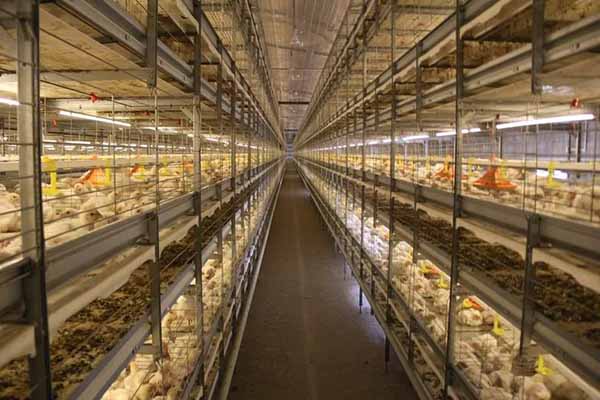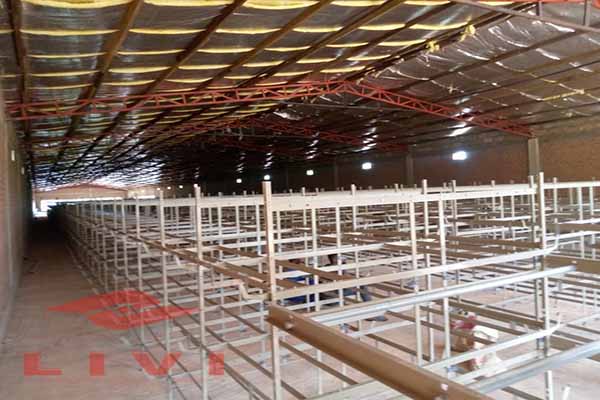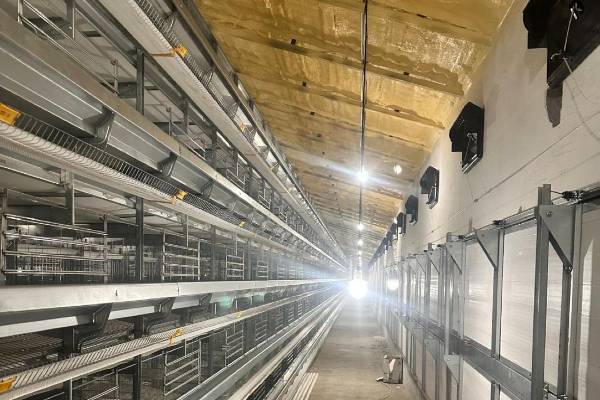Optimizing Your High-Yield Chicken Cage Setup: A Comprehensive Guide
Efficient and effective chicken cage setups are essential for maximizing yields in the poultry industry. This guide delves into the critical aspects of setting up a high-yield chicken cage system, ensuring that your investment in the poultry farming business pays off. Let’s explore the key elements and best practices.
1. Selecting the Right Cages
Choosing the appropriate chicken cages is the first step in establishing a high-yield setup. Consider the following factors:

- Size: Ensure that the cages are spacious enough for the chickens to move around comfortably, reducing stress and improving growth rates.
- Material: Opt for durable and easy-to-clean materials to maintain hygiene and prevent diseases.
- Accessibility: Ensure that the cages are designed for easy access for feeding, watering, and health checks.
2. Ventilation and Temperature Control
Proper ventilation and temperature control are crucial for the health and productivity of your chickens. Here’s what you need to consider:
- Ventilation: Ensure that your chicken cage setup has adequate ventilation to maintain air quality and reduce the risk of respiratory diseases.
- Temperature: Monitor and regulate the temperature within the cages to optimize growth rates and egg production.
3. Feeding and Watering Systems
Systems
The efficiency of your feeding and watering systems can significantly impact your poultry’s performance. Key considerations include:
- Automated Feeding: Implement automated feeding systems to ensure consistent and controlled feed intake, reducing waste and improving health.
- Water Quality: Ensur
 e a constant supply of clean, fresh water to prevent dehydration and maintain overall health.
e a constant supply of clean, fresh water to prevent dehydration and maintain overall health.
4. Health and Biosecurity Measures
Implementing strong health and biosecurity measures is essential to prevent diseases and maintain high yields. Here are some important practices:
- Regular Cleaning: Schedule regular cleaning and disinfection of the cages to prevent the spread of diseases.
- Biosecurity Protocols: Establish and enforce biosecurity protocols to minimize the risk of disease outbreaks.
5. Monitoring and Analytics
Regular monitoring and analysis of your chicken cage setup can provide valuable insights for further optimization. Consider the following:
- Performance Metrics: Track key performance indicators such as growth rates, feed conversion ratios, and mortality rates.
- Analytics Tools: Utilize analytics tools to gain deeper insights into your chicken cage setup’s efficiency and identify areas for improvement.
By following these guidelines, you can create a high-yield chicken cage setup that maximizes your poultry farming business’s profitability.
For a free, personalized chicken cage design and equipment quote from LIVI Machinery, contact us today and let us help you elevate your poultry farming operation.




